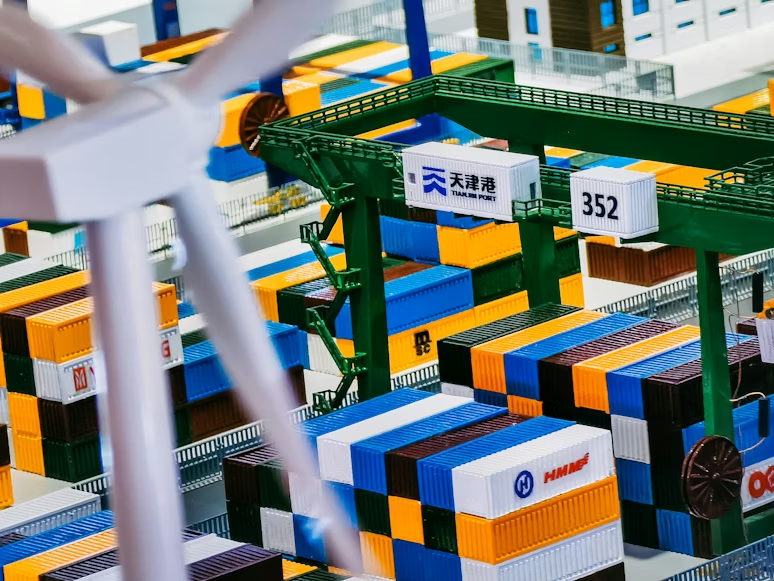China, the world’s second-largest economy, plays a pivotal role in global climate change efforts. As the top global emitter, China accounts for approximately 30% of the world’s total emissions, surpassing the combined emissions of the United States, the European Union, and India, according to the Global Carbon Budget 2022. Despite being a leader in renewable energy, particularly in solar power capacity, China’s rising emissions, fueled by its coal dependence, present significant challenges to global climate targets.
In the second quarter of 2022, China’s emissions increased by 10% year-on-year, potentially exceeding its 2021 record of 11.47 billion metric tonnes. China’s commitment to achieving “peak carbon” by 2030 and carbon neutrality by 2060 has been reiterated by President Xi Jinping. However, concerns remain about the ongoing reliance on coal, essential for powering cities and key industries.
Coal Dependency and Renewable Energy Challenges Despite ambitious renewable energy targets, China’s economy heavily depends on coal. In 2022, Beijing approved 86 gigawatts (GW) of new coal-fired plants and an additional 50GW in the first half of 2023. In total, China is developing 243 GW of new coal-fired power facilities. This surge in coal power is partly driven by energy security concerns, following shortages and blackouts in recent years.
Renewable energy, while growing, faces obstacles, including an outdated power grid and storage challenges. China’s wind and solar capacity could meet about 30% of its energy needs, but actual energy generation from renewables is projected to increase by less than 1% per year into 2030 due to storage and transmission limitations.
Political and Economic Factors The Chinese government’s focus on coal reflects fears of energy shortages and is a response to crises like the 2021 coal shortages and the 2022 drought affecting hydropower capacity. Political factors, such as the slowing economy and the steel industry’s resistance, could also influence China’s emission trajectory.
Investments and Technological Innovations China’s investments in clean energy are substantial, with $546 billion invested in 2022, accounting for half of the global total. However, translating these investments into effective, reliable energy sources requires overcoming significant technical and market challenges. The future of China’s carbon neutrality goal depends on the successful development and adoption of technologies like carbon capture and green hydrogen.
China makes strides in renewable energy, its continued reliance on coal and the challenges in fully harnessing renewable sources underscore the complexity of its path towards carbon neutrality.
Breaking supply chain news is just a click away at The Supply Chain Report. Enhance your knowledge of international trade at ADAMftd.com with free tools.
#ChinaClimateChallenge #CoalDependency #RenewableEnergy #CarbonNeutrality #ChinaEmissions #GlobalCarbonBudget #EnergySecurity #SolarPower #WindEnergy #CleanEnergyInvestment #CarbonCapture #GreenHydrogen #EnergyTransition #ClimateGoals #ChinaEnergyStrategy #EmissionsReduction #RenewableEnergyChallenges #SustainableFuture #EnergyStorage #PeakCarbon #CleanEnergyInnovation

















